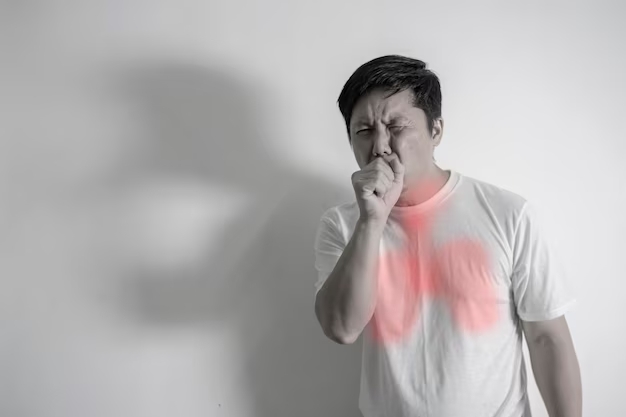various treatments aim to manage symptoms and improve quality of life. It’s important to note that Himalayan salt therapy, also known as halotherapy or salt therapy, has not been proven as a primary or effective treatment for COPD.
Himalayan salt therapy involves inhaling salt particles in a controlled environment, typically in a salt room or through devices that disperse salt aerosol. Proponents of salt therapy claim that it can reduce inflammation, promote mucus clearance, and improve respiratory function. However, the scientific evidence supporting these claims is limited, and more research is needed to establish its efficacy for COPD.


These medications help relax the muscles around the airways, making breathing easier
These medications reduce inflammation in the airways, helping to control symptoms.
For individuals with severe COPD, supplemental oxygen may be prescribed to improve oxygen levels in the blood.

Influenza and pneumonia vaccinations can help prevent respiratory infections that can worsen COPD symptoms.
Quitting smoking, maintaining a healthy diet, and staying physically active are essential for managing COPD.

Before trying alternative or complementary therapies such as Himalayan salt therapy, it’s crucial to consult with a healthcare professional. They can provide personalized advice based on your specific health condition and ensure that any treatment aligns with established medical guidelines. If you are considering salt therapy, discuss it with your healthcare provider to determine its potential benefits and risks in the context of your overall COPD management plan.

Breathe Well is the platform to educate people about the interrelation of breathing well with Himalayan pink salt therapy.You should also consult with your doctor or physician to have this therapy.
©2025 Breathe In Purified Air All rights reserved